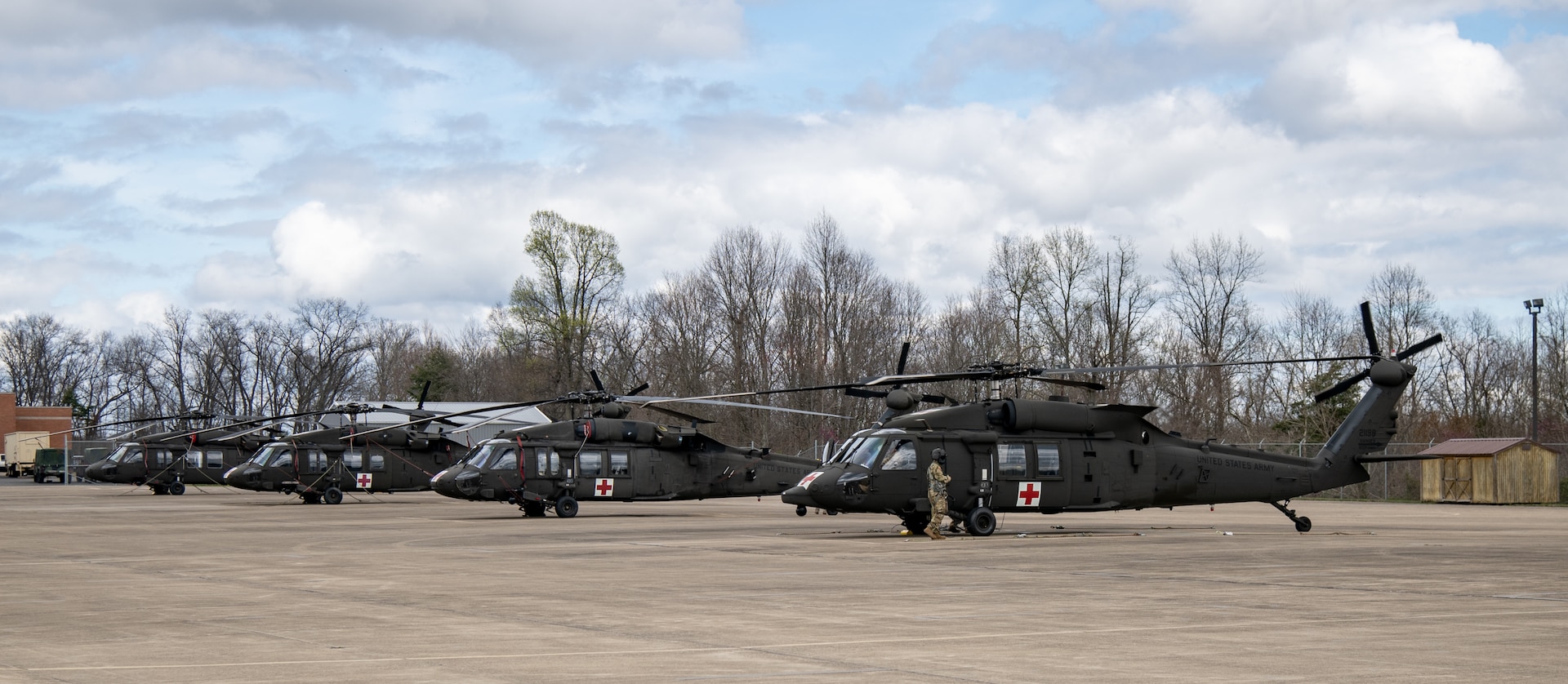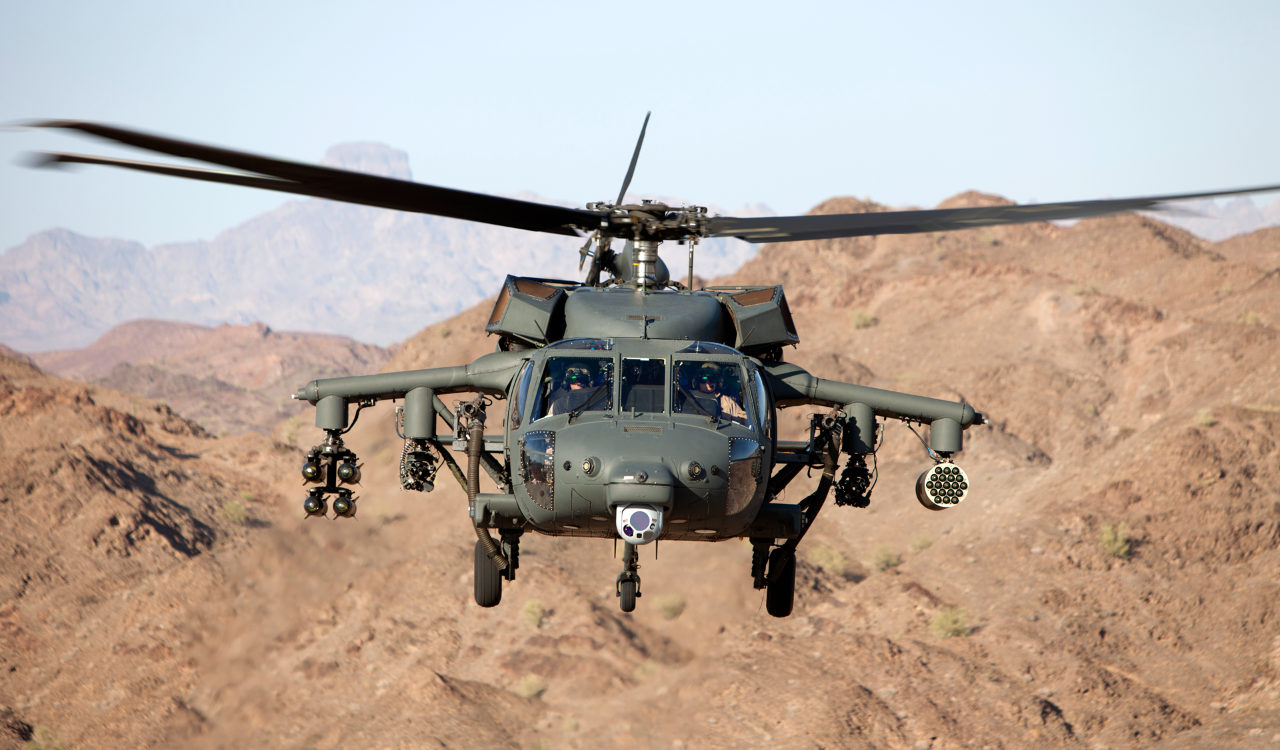A Comprehensive Overview to the Upkeep and Treatment of Aircraft for Longevity
The long life of an airplane pivots significantly on its maintenance and treatment, requiring a structured method to make sure ideal efficiency and security. Routine evaluations, combined with a methodical maintenance program, act as important elements in determining potential issues before they escalate. The problem of the airplane's interior and adherence to governing criteria play essential duties in protecting its worth. Yet, comprehending the details of these methods can be complicated; for that reason, it is vital to explore the vital components that add to efficient airplane treatment and the ramifications of neglecting these duties.
Value of Routine Maintenance
Routine maintenance is crucial for the security, effectiveness, and longevity of airplane. An organized method to upkeep ensures that all elements work ideally, therefore decreasing the threat of mechanical failure during operation. Regular assessments and maintenance allow service technicians to identify prospective problems before they escalate into substantial troubles, ensuring that the airplane stays in compliance with air travel laws.
Moreover, maintaining an airplane according to the producer's standards is critical for preserving its worth. A well-documented upkeep history can improve resale potential customers and infuse self-confidence in possible customers. In addition, routine maintenance contributes to functional effectiveness, as it assists to maximize gas usage and efficiency metrics, causing set you back financial savings with time.
Moreover, routine upkeep adds to the general security of trip procedures (uh 60). By dealing with wear and tear immediately, drivers can alleviate risks connected with aging airplane systems. This aggressive technique not only protects the lives of travelers and staff however likewise safeguards the aircraft itself versus disastrous failings

Daily Evaluation List
Just how can pilots and upkeep crews guarantee the airplane is in optimal problem before each flight? The response lies in a thorough day-to-day evaluation checklist, which serves as an essential procedure to identify possible issues that can endanger security and efficiency. This checklist should include several crucial areas, including outside and indoor inspections, along with functional checks of essential systems.
Starting with the exterior, crews should examine the airframe for any visible damage, leakages, or signs of deterioration. Interest needs to be paid to manage surfaces, touchdown equipment, and the problem of tires. Moving to the interior, the team must confirm that all controls and tools are functional, making sure that electronic systems are functioning correctly.

Along with architectural checks, it is important to examine gas levels and verify that all required documents, consisting of registration and weight and balance information, are up to date. A review of emergency equipment, including life vests and fire extinguishers, should be carried out to guarantee compliance with safety and security regulations. By carefully following this daily assessment checklist, pilots and maintenance crews can significantly improve the safety and security and reliability of their aircraft.
Arranged Maintenance Programs
Scheduled maintenance programs are crucial for the lasting security and effectiveness of airplane procedures. These programs are created to make sure that all airplane components go through regular examinations, maintenance, and necessary repair services at predetermined periods. By why not try here sticking to a structured upkeep schedule, operators can dramatically minimize the threat of in-flight failings, improve airplane reliability, and prolong the life-span of vital parts.
Normally, arranged upkeep is categorized right into various degrees, consisting of A, B, C, and D checks, each with unique demands and thoroughness. A checks are typically more frequent and focus on basic aesthetic inspections and small repair services, while D checks are more thorough and happen much less often, entailing comprehensive disassembly and overhaul of the airplane.
Governing bodies, such as the FAA and EASA, mandate compliance with details upkeep routines based on aircraft kind and use. Operators should maintain meticulous records of all upkeep performed to demonstrate conformity and help with examinations. Furthermore, the combination of anticipating upkeep modern technologies can even more enhance the check here efficiency of scheduled programs by identifying possible issues prior to they rise, thus ensuring that aircraft remain in ideal condition and ready for secure procedures.
Treatment for Airplane Interiors
Caring for airplane insides is essential not just for passenger comfort however also for maintaining the general worth and safety of the airplane. Routine cleaning and upkeep of the indoor elements add dramatically to a positive flying experience while protecting the airplane's visual charm.
To ensure optimal treatment, it is necessary to establish a routine cleansing timetable that includes vacuuming carpetings, cleaning down surface areas, and sanitizing high-touch locations. Upholstery and seating must be checked for damage, with any kind of damages immediately resolved to stop more degeneration. In addition, attention has to be offered to the galley and lavatory areas, which require thorough cleansing and restocking of supplies to preserve hygiene.
Moreover, the usage of appropriate cleansing representatives is crucial; harsh chemicals can damage products and coatings, so it is suggested to utilize items especially made for aircraft insides. Regular evaluations must additionally be conducted to determine any upkeep requires, such as changing damaged seat covers or repairing window tones. By prioritizing the care of airplane interiors, operators can boost the general guest experience and safeguard the financial investment in their aircraft.
Recognizing Regulatory Conformity
Regulative compliance is an important aspect of airplane upkeep, look at this web-site usually calling for operators to stick to a complicated framework of regional, national, and international requirements. This structure is mostly established by air travel regulative bodies such as the Federal Aeronautics Administration (FAA) in the United States and the European Union Aeronautics Security Company (EASA) in Europe - uh 60. These organizations state regulations that control various facets of aircraft maintenance, consisting of airworthiness, security protocols, and functional procedures

Moreover, operators have to remain informed about adjustments in laws and join training programs to guarantee that their team is well-informed about conformity needs. Failure to adhere to these policies can lead to extreme fines, including fines, grounding of aircraft, or loss of accreditation. Consequently, understanding and sticking to regulative compliance is critical for the durability and safety and security of aircraft procedures.
Final Thought
In final thought, the upkeep and treatment of aircraft are critical for ensuring durability, security, and functional performance. Focus to the aircraft's interior and compliance with governing standards considerably contribute to maintaining its value.
The longevity of an airplane hinges dramatically on its upkeep and care, requiring a structured approach to make certain optimum performance and safety. By carefully following this everyday examination checklist, pilots and upkeep staffs can significantly enhance the safety and dependability of their aircraft.
These programs are developed to guarantee that all aircraft parts undertake regular inspections, maintenance, and needed repairs at predetermined intervals. By prioritizing the care of aircraft insides, drivers can enhance the total passenger experience and protect the investment in their airplane.
In verdict, the upkeep and care of airplane are critical for making certain durability, safety and security, and functional performance.